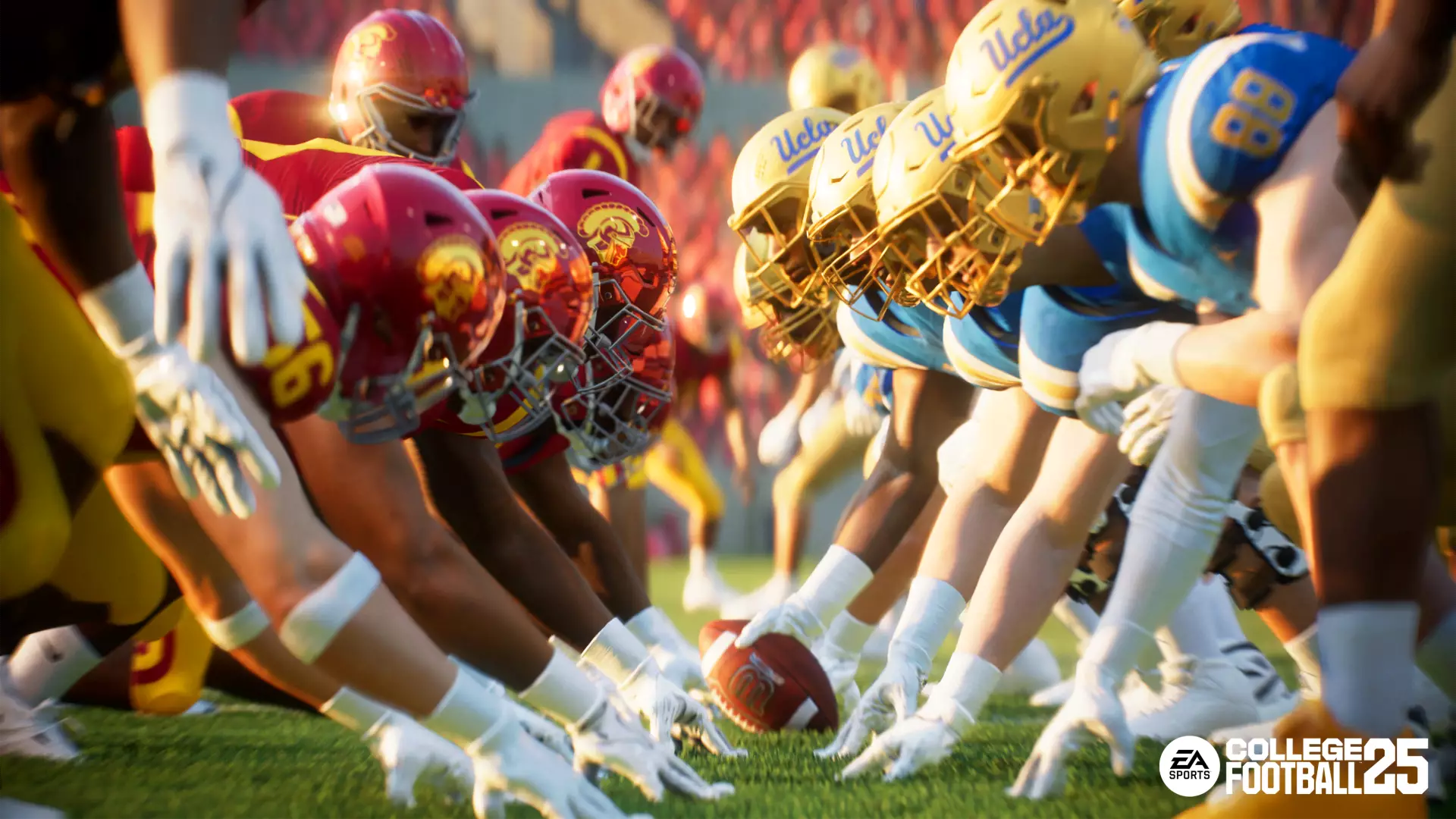As EA Sports rolls out the long-awaited revamp of its college football game, fans of the old game are quickly realizing that they have a lot of practicing to do. The changes in gameplay have been compared to going from a flip phone to an iPhone, illustrating the significant transformation the game has undergone over the years. Anthony Bencomo, a 47-year-old corporate recruiter, and owner of Deli Fresh Threads clothing brand in Orlando expressed his amazement at the revamped game, highlighting the complexity of the new gameplay elements.
Bill Long, a 31-year-old accountant in Sacramento, has been proactive in recruiting gamers through social media into an online league tailored for players aged 30 and above. The idea behind this league is to cater to those who may feel out of place competing against younger, more experienced players. Long’s initiative underscores the interest among older gamers in revisiting the nostalgia of the college football game and reconnecting with peers in a familiar gaming environment.
The official debut of the game saw enthusiastic participation from fans, with more than 2 million users engaging with the game early on. Third-party data from GameStop’s best-seller list and early Twitch viewership indicated a strong launch for the game. The popularity of the college football game, previously known as NCAA Football, has endured over the years, with used copies becoming sought-after items for trade and resale.
Beyond the gameplay enhancements, the revamped video game reflects the significant shifts in college football itself, including the introduction of the College Football Playoff. Moreover, the financial landscape surrounding the game has evolved, with college football players now able to benefit from name, image, and likeness rights (NIL). Players who opted to appear in the game received compensation along with a copy of the game, symbolizing a departure from the earlier restrictions on players profiting from their image and reputation.
As analysts predict the potential success of the college football game, questions linger regarding its impact on EA’s Madden franchise. Some analysts foresee the game selling more than 3 to 4 million units, albeit with limited in-game monetization compared to Madden. The uncertainty surrounding the division of player base between Madden and NCAA Football raises concerns about potential cannibalization within EA’s gaming portfolio.
While the future of the college football game as an annual launch remains uncertain, the nostalgia factor and appeal to older gamers contribute to its success. The unique demographic of players aged 30 and above reflects a sweet spot in the gaming community, fostering a sense of camaraderie and shared experiences from the earlier versions of the game. As fans navigate the changes and updates in the latest iteration of the game, the continuity of support and engagement underscores the enduring legacy of EA Sports College Football.

